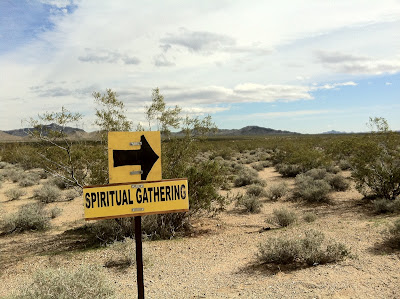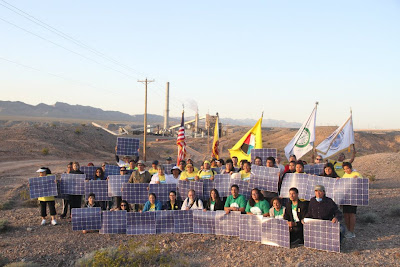Obama Administration: Wind Industry Allowed to Kill Condors
Update: I have heard that the authorization to allow Terra-Gen to kill California condors may not be under an "incidental take permit," but some other allowance under the Endangered Species Act. Either way, the green light to kill California condors is a significant step in how we protect and recover this endangered species. When more details are available I will write a follow-up post. In a shocking move against wildlife and wildlands, the Obama administration announced on Friday that wind energy company Terra-Gen could kill endangered California condors without penalty near Tehachapi, California, according to the Los Angeles Times . This is yet another indication that the Obama administration's clean energy platform is motivated not by a desire to protect the environment, but instead to cater to corporations -- Washington has failed to put in place mandatory guidelines that would require companies to build wind facilities away from important bird habitat. Many i



